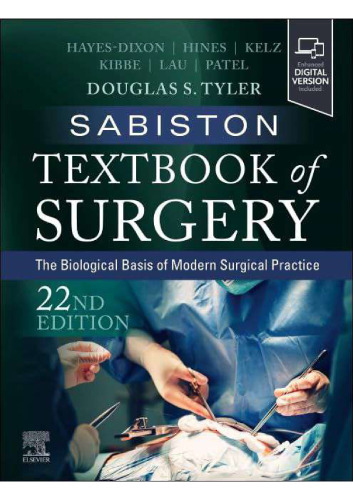Exercise science practitioners have access to mountains of research findings, expert opinions, novel techniques, and program plans via blogs, fitness magazines, conference presentations, and peer-reviewed journals. To facilitate effective practice, practitioners must sift through this information and retain only the best evidence to form a sound base of knowledge. Evidence-Based Practice in Exercise Science: The Six-Step Approach equips readers with the basic skills and competencies for discerning the value of scientific research. Using a methodical approach, students and professionals will learn to identify appropriate evidence to support novel interventions and avoid counterproductive or dangerous information to eliminate ineffective exercise options.
The authors, well-known advocates in the study and application of evidence-based practice in the field of exercise science, take the five-step method of evidence-based practice that has been established in medicine, adapt it specifically for exercise science, and expand it to embrace individuality in exercise training. The content is accessible for students in a variety of courses in exercise science curricula; those seeking certification through professional organizations; and practitioners in the fields of exercise, nutrition, sports medicine, and sport science.
This text is an instruction manual in understanding and applying evidence-based practice. The process is divided into six steps that begin with asking a question and then finding, evaluating, implementing, confirming, and re-evaluating the evidence. Readers of Evidence-Based Practice in Exercise Science will explore these aspects:
• The philosophy of science and design of scientific studies
• The use of search tools like PubMed and Google Scholar and how to rank or define the strength of the evidence
• Practical suggestions for implementing evidence-based practice in the field to better advise and serve athletes, clients, and patients
• Case studies that demonstrate realistic scenarios of how the evidence-based process may be used in a variety of sport and exercise settings
Each chapter opens with chapter objectives that provide a road map for learning, and a chapter conclusion summarizes main points and ensures understanding. The case studies cover topics including exercise prescription; exercise for special populations; nutrition and supplementation; and exercise devices, equipment, and apparel. Each case presents a realistic scenario that an exercise practitioner may experience, presents background information, formulates a question for investigation, describes a search of the literature, discusses the findings, and provides a recommendation for practice based on the best current evidence.
Evidence-Based Practice in Exercise Science is grouped into four sections that assist readers in gaining a better understanding of the evidence-based practice paradigm, learning the step-by-step method, and acquiring experience in the evidence-based approach by working through practical examples using real-world scenarios. Part I offers foundational knowledge of evidence-based practice in exercise sciences. Part II introduces the six-step method of evidence-based practice with chapters that explore each step of the process in depth. Part III presents 16 case studies grouped into chapters by generaal topics. Part IV concludes the text with chapters on disseminating and sharing knowledge and the future of evidence-based practice in exercise science.
By understanding the concepts and process of evidence-based practice, current and future sport, exercise, and health professionals will prescribe individualized programs and treatments that improve athletic performance and lead individuals toward better health. Embracing evidence-based practice will ultimately advance the field and produce optimal outcomes for clients, patients, and athletes.
متخصصان علم ورزش از طریق وبلاگها، مجلات تناسب اندام، ارائه کنفرانسها و مجلات با داوری همتا به کوههایی از یافتههای تحقیقاتی، نظرات متخصصان، تکنیکهای جدید، و برنامههای برنامه دسترسی دارند. برای تسهیل عملکرد مؤثر، پزشکان باید این اطلاعات را غربال کنند و تنها بهترین شواهد را برای تشکیل یک پایگاه معقول از دانش حفظ کنند. تمرین مبتنی بر شواهد در علم تمرین: رویکرد شش مرحله ای خوانندگان را با مهارت ها و شایستگی های اساسی برای تشخیص ارزش تحقیق علمی مجهز می کند. با استفاده از یک رویکرد روشمند، دانشآموزان و متخصصان یاد میگیرند که شواهد مناسب را برای حمایت از مداخلات جدید شناسایی کنند و از اطلاعات غیرمولد یا خطرناک برای حذف گزینههای ورزشی بیاثر اجتناب کنند.
نویسندگان، مدافعان مشهور در مطالعه و کاربرد تمرین مبتنی بر شواهد در زمینه علم ورزش، روش پنج مرحلهای تمرین مبتنی بر شواهد را که در پزشکی ایجاد شده است، اتخاذ میکنند و آن را به طور خاص برای ورزش تطبیق میدهند. علم، و آن را گسترش دهید تا فردیت را در تمرینات ورزشی بپذیرید. این محتوا برای دانش آموزان در دوره های مختلف در برنامه های درسی علوم ورزشی قابل دسترسی است. کسانی که به دنبال صدور گواهینامه از طریق سازمان های حرفه ای هستند. و پزشکان در زمینه های ورزش، تغذیه، پزشکی ورزشی و علوم ورزشی.
این متن یک دستورالعمل برای درک و به کارگیری تمرین مبتنی بر شواهد است. این فرآیند به شش مرحله تقسیم میشود که با پرسیدن یک سؤال و سپس یافتن، ارزیابی، اجرا، تأیید و ارزیابی مجدد شواهد شروع میشود. خوانندگان تمرین مبتنی بر شواهد در علم ورزشاین جنبه ها را بررسی خواهند کرد:
• فلسفه علم و طراحی مطالعات علمی
• استفاده از ابزارهای جستجو مانند PubMed و Google Scholar و نحوه رتبه بندی یا تعریف قدرت شواهد
• پیشنهادهای عملی برای اجرای تمرین مبتنی بر شواهد در این زمینه برای مشاوره و ارائه خدمات بهتر به ورزشکاران، مشتریان و بیماران
• مطالعات موردی که سناریوهای واقع بینانه را نشان می دهد که چگونه فرآیند مبتنی بر شواهد ممکن است در انواع تنظیمات ورزشی و ورزشی استفاده شود
هر فصل با اهداف فصلی باز میشود که یک نقشه راه برای یادگیری ارائه میکند، و نتیجهگیری فصل نکات اصلی را خلاصه میکند و درک را تضمین میکند. مطالعات موردی موضوعاتی از جمله تجویز ورزش را پوشش می دهد. ورزش برای جمعیت های خاص؛ تغذیه و مکمل؛ و وسایل ورزشی، تجهیزات و پوشاک. هر مورد سناریویی واقع بینانه را ارائه میکند که ممکن است یک تمرینکننده ورزش تجربه کند، اطلاعات پیشزمینهای را ارائه میکند، سؤالی را برای تحقیق تنظیم میکند، جستجویی در ادبیات را توصیف میکند، یافتهها را مورد بحث قرار میدهد، و توصیهای برای تمرین بر اساس بهترین شواهد فعلی ارائه میدهد.
تمرین مبتنی بر شواهد در علم تمرین در چهار بخش گروه بندی شده است که به خوانندگان کمک می کند تا درک بهتری از پارادایم تمرین مبتنی بر شواهد، یادگیری روش گام به گام و کسب تجربه داشته باشند. در رویکرد مبتنی بر شواهد با کار بر روی مثال های عملی با استفاده از سناریوهای دنیای واقعی. بخش اول دانش پایه ای از تمرین مبتنی بر شواهد در علوم ورزشی را ارائه می دهد. بخش دوم روش شش مرحله ای تمرین مبتنی بر شواهد را با فصل هایی معرفی می کند که هر مرحله از فرآیند را به طور عمیق بررسی می کند. بخش سوم 16 مطالعه موردی را ارائه میکند که در فصلها بر اساس موضوعات کلی گروهبندی شدهاند. بخش چهارم متن را با فصل هایی در مورد انتشار و به اشتراک گذاری دانش و آینده تمرین مبتنی بر شواهد در علم تمرین پایان می دهد.
با درک مفاهیم و فرآیند تمرین مبتنی بر شواهد، متخصصان ورزش، ورزش و سلامت فعلی و آینده برنامهها و درمانهای فردی را تجویز میکنند که عملکرد ورزشی را بهبود میبخشد و افراد را به سمت سلامتی بهتر هدایت میکند. پذیرش تمرین مبتنی بر شواهد در نهایت باعث پیشرفت این رشته و ایجاد نتایج بهینه برای مشتریان، بیماران و ورزشکاران خواهد شد.
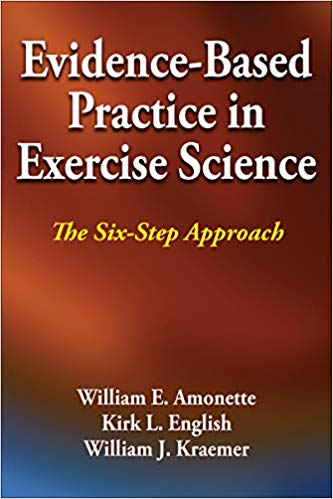
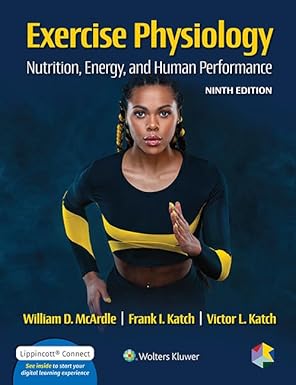
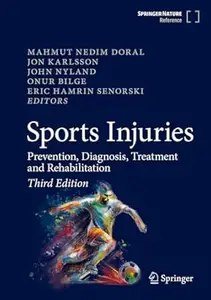


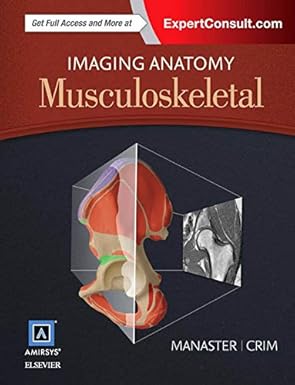
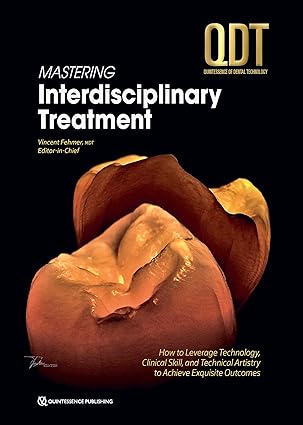
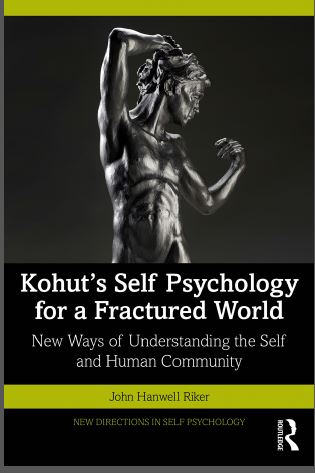

![Clinical Management of Swallowing Disorders (6th Edition) [2025] - Orginal Pdf Clinical Management of Swallowing Disorders (6th Edition) [2025] - Orginal Pdf](https://dl.libsan.ir/images/1/12/Clinical Management of Swallowing Disorders_68fdc2997972e.webp)
